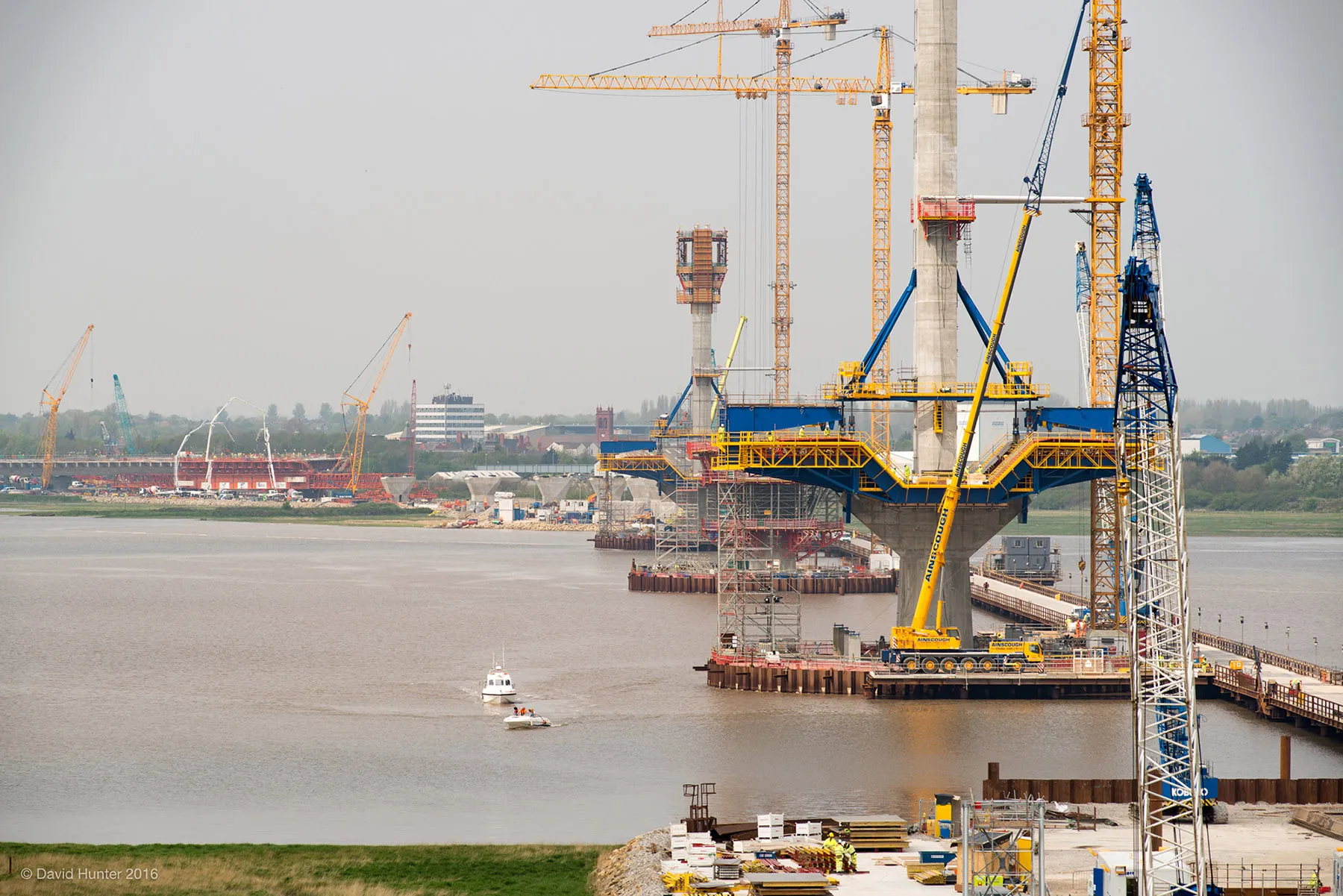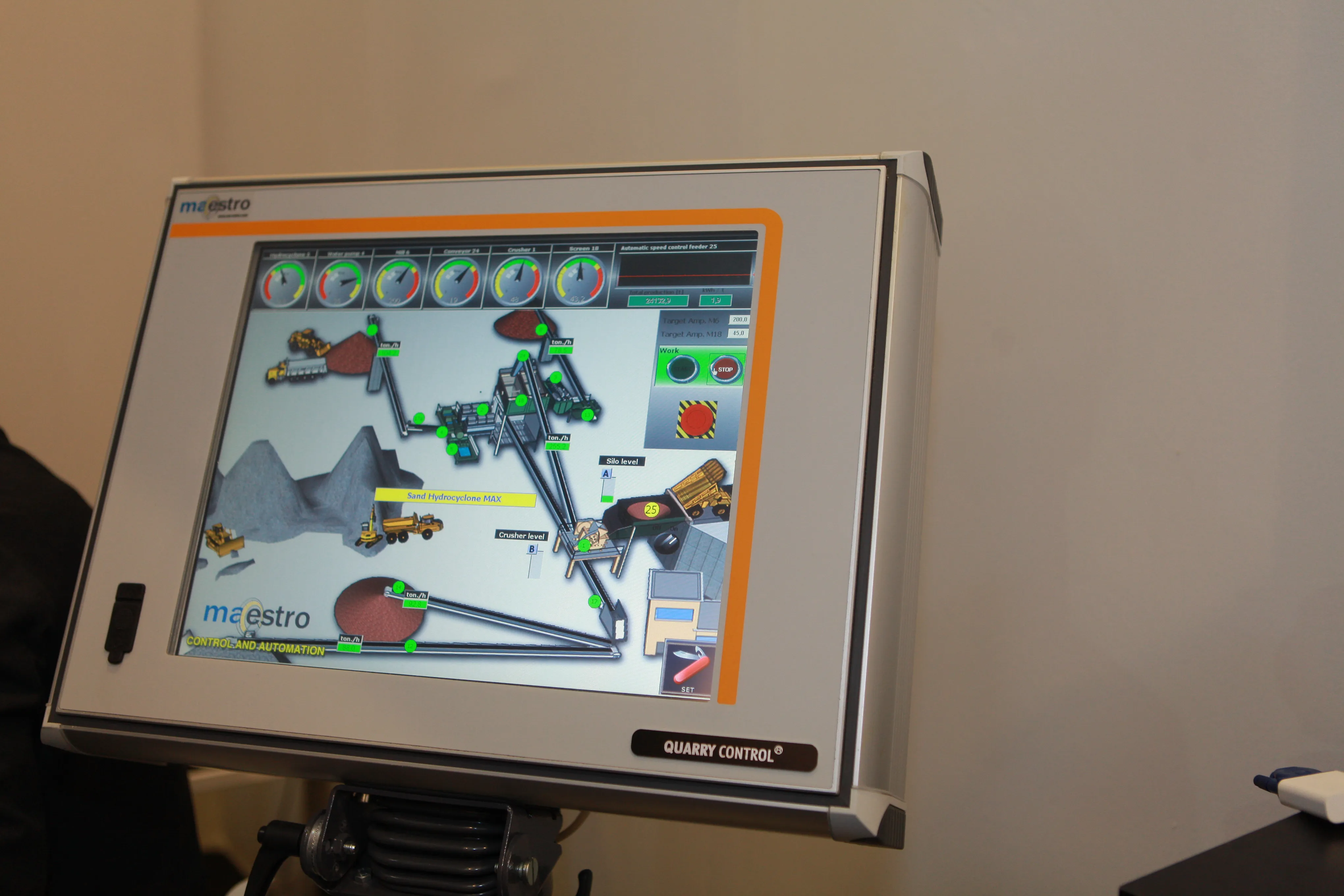reVUE, a Manchester, UK-based risk management company providing evidence based driver intervention training, has published a White Paper on the impact of combining technology and behavioural coaching to reduce risk on Britain’s roads.
The firm recently commissioned a research project which produced encouraging findings in relation to the impact of an in-vehicle recording device on improving driver behaviour. This was said to be particularly prevalent when implemented with a corresponding coaching intervent
April 23, 2014
Read time: 2 mins
reVUE, a Manchester, UK-based risk management company providing evidence based driver intervention training, has published a White Paper on the impact of combining technology and behavioural coaching to reduce risk on Britain’s roads.
The firm recently commissioned a research project which produced encouraging findings in relation to the impact of an in-vehicle recording device on improving driver behaviour. This was said to be particularly prevalent when implemented with a corresponding coaching intervention.
reVUE has presented its White Paper to the Parliamentary Advisory Council for Transport Safety (3446 PACTS)and is continuing to work with other road safety campaigners, such as MP for Manchester Withington, John Leech. The aim is to work with transport organisations to help inform Government decisions on making British roads safer for all.
Fleet insurers and commercial fleet owners looking to reduce risk will, reVUE says, find the White Paper particularly interesting.
A number of key figures from reVUE will be at the Commercial Vehicle Show (29 April – 1 May 2014) at the NEC, Birmingham, UK, on stand (number 4F120).
The full reVUE White Paper can be read %$Linker:2 External <?xml version="1.0" encoding="utf-16"?><dictionary /> 0 0 0 oLinkExternal here http://www.vue-cctv.co.uk/app/media/documents/products/108/VUEWhitePaper.pdf false http://www.vue-cctv.co.uk/app/media/documents/products/108/VUEWhitePaper.pdf false false %>
The firm recently commissioned a research project which produced encouraging findings in relation to the impact of an in-vehicle recording device on improving driver behaviour. This was said to be particularly prevalent when implemented with a corresponding coaching intervention.
reVUE has presented its White Paper to the Parliamentary Advisory Council for Transport Safety (
Fleet insurers and commercial fleet owners looking to reduce risk will, reVUE says, find the White Paper particularly interesting.
A number of key figures from reVUE will be at the Commercial Vehicle Show (29 April – 1 May 2014) at the NEC, Birmingham, UK, on stand (number 4F120).
The full reVUE White Paper can be read %$Linker:







